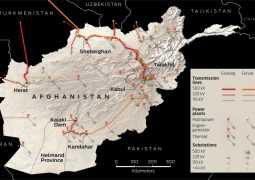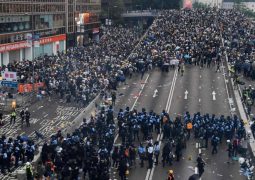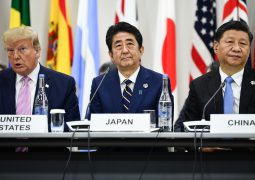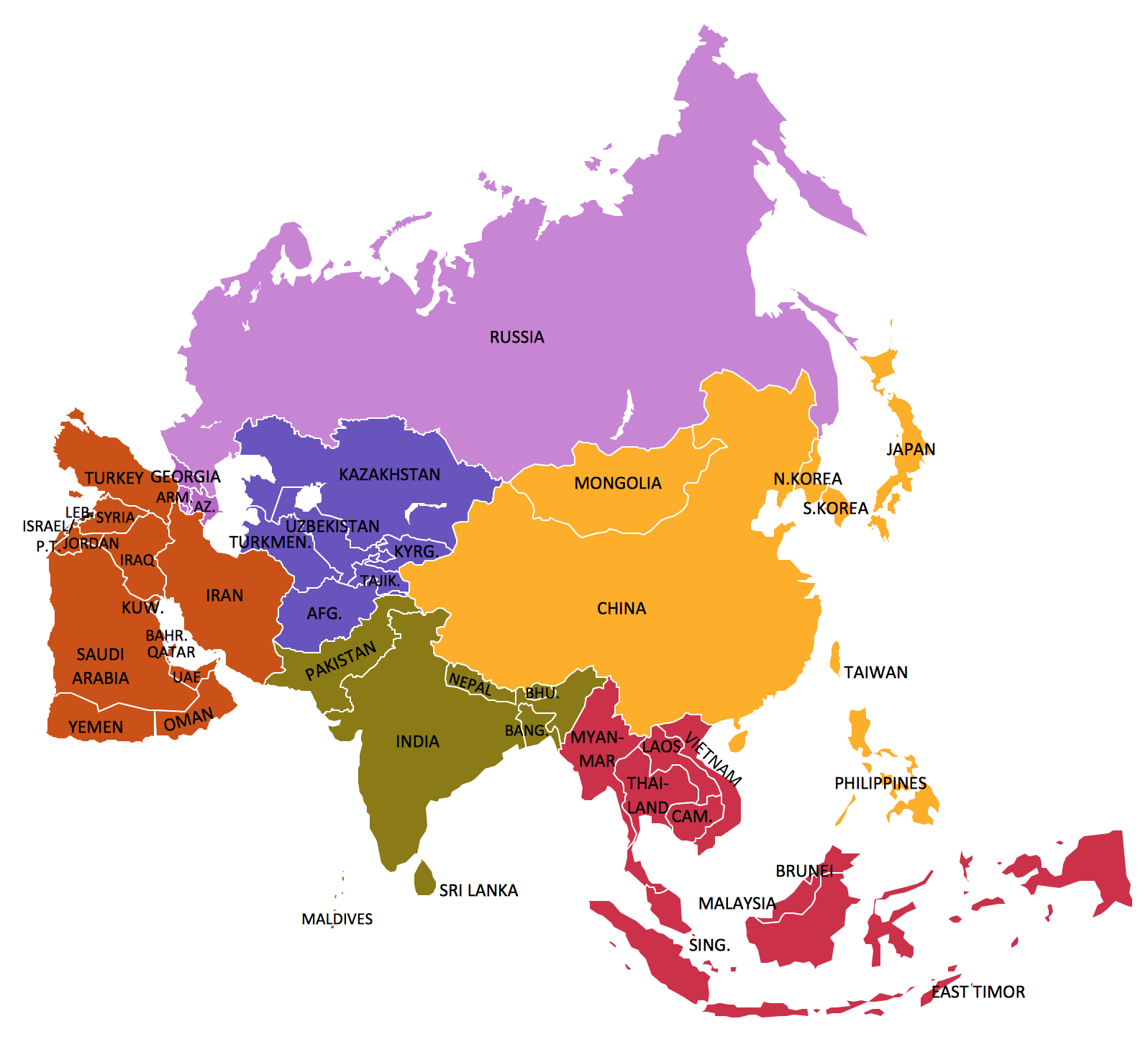‘Made in China 2025’ in the time of tariff wars

Since the policy’s launch a decade ago, China’s industrial upgrade has widened to boost economic security and self-reliance.



While localizing value chains inside China and self-sufficiency were part of the mix 10 years ago, the strategy was primarily designed to help China avoid the middle-income development trap, position its companies to become global leaders in their fields, and generate sustained economic growth through assertive industrial policy. China has made great strides in shifting its focus from low-cost production to tech innovation and manufacturing quality – yet supply chain dependencies persist.
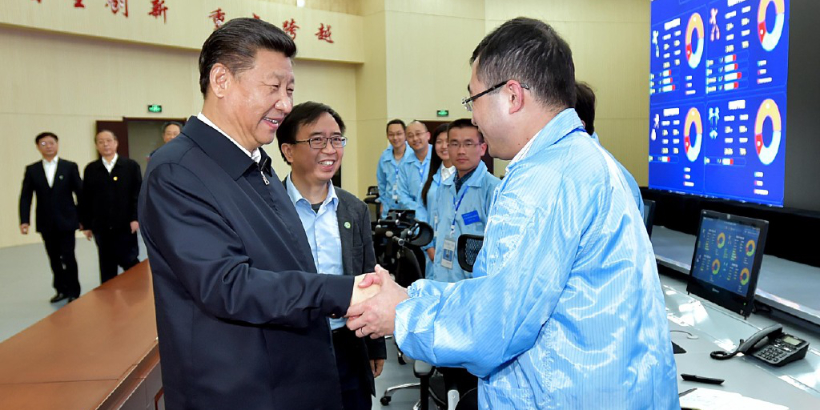
When Made in China 2025 was launched, it focused on 10 industries with a range of goals. The original policy and roadmap prioritized targets for market share and patent applications and the development of quality Chinese brands, while more broadly aiming to upgrade the economy to move China up global value chains. At the time, the country enjoyed access to international markets, foreign technology, and cross-border investment – and most of its policymakers, private sector, and scientific community did not support a push for more self-reliance.
For instance, tech companies like Alibaba and Tencent focused their R&D efforts on the design side of the semiconductor value chain but relied on South Korean or Taiwanese technology for the actual production of chips.

The onset of the China-U.S. trade war during Donald Trump’s first presidency changed this equation. Washington’s restrictions on Chinese tech giants Huawei and ZTE and the resulting broader tech war after 2018 galvanized Chinese society to embrace a whole-of-nation effort for technological advancement and self-reliance. Accordingly, the focus of Made in China 2025, as well as Beijing’s metrics for assessing its results, shifted from avoiding the middle-income trap to achieving technological independence across its 10 focus sectors – with varying degrees of success.
- Previous Malaysian PM: Trump to Attend ASEAN Meetings in October
- Next China is amids of “blossoming” demographic crisis




